The Pattern Names Every Decor Lover Needs to Know
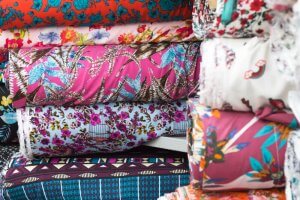
Think you’re a decor expert? We’re going to put you to the test today with a journey through the world of the pattern names every decor lover needs to know. Do you accept the challenge?
Over the years, textiles have been transforming. In some cases, you can figure out what time period something is from just from looking at the pattern. On a more personal level, it might even bring back memories of the people who gave them life and personality.
The most important pattern names to know
Houndstooth
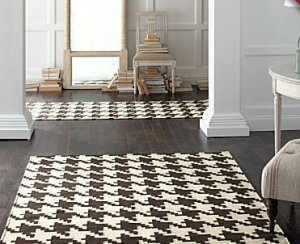
This two-colored pattern goes all the way back to 19th century Scotland. The name “houndstooth” might sound a bit strange, and comes from the fact that the pattern looks like a dog’s teeth. It was originally just black and white, but you can also find it in lots of other colors and sizes nowadays.
Gingham
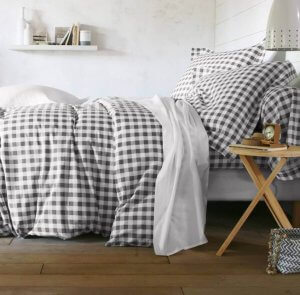
If you’re a decor fan, you probably don’t call this classic pattern “picnic,” at least we hope not. Its real name is gingham (or vichy in French). It went from being a tablecloth pattern to being worn by one of the most attractive, important actresses of the 1960s: Brigitte Bardot. The most common colors are red and blue, always on a white background.

Tartan is high up on the list of pattern names every decor lover needs to know. This pattern has a series of horizontal and vertical lines that create the many squares so typical of Scottish kilts (another name for the pattern). Oddly enough, it’s also one of the most common patterns in fashion, and is a major decoration trend this year.
Paisley

Have you ever seen these teardrop-shaped patterns so popular with the hippy movement? That’s paisley, and it comes from the Kashmir region of India. It’s over 2,000 years old, and some people say that it’s pattern is supposed to look like a bent-over cypress tree.
It came to the western world in 1800. Since then, it has come into and out of fashion and is something we tend to associate with the psychedelic 1960s-70s. It’s also very common in tapestries, bedclothes, and curtains in homes with a classic decor style.
Ikat

This is probably one of the pattern names you’re least familiar with, even if you’ve seen it. It comes from Indonesia and has a lot in common with the tie-dye method. This technique involves dying the fabric before weaving it, which makes for unique, symmetrical patterns. These patterns are perfect for couch cushions and sheets.
Polka dot

You probably already knew this one by name. It’s basically timeless, after all: the combination of big or small dots on a matte background, in any colors you can think of. You’ll see it on traditional clothing from Andalucía, in the south of Spain, but that’s not where it originates.
Back in the 18th century, only poor people wore it. They would add more and more dots to hide any issues with their clothes. The name comes from the polka dance, which was very typical of the time. By the end of the 19th century, it had become extremely popular in England, and from there, it spread to the rest of the world.
Mud cloth
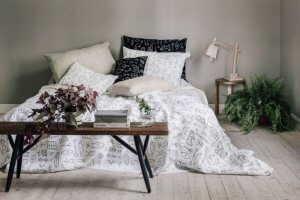
This pattern comes from Africa. Creating it by hand is a long, painstaking process because it involves using mud to dye the fabric. But that also means every piece is original and tells its own story.
This is also one of the patterns that jumped onto the scene a few years ago. You’ll see it in decorative accessories like rugs and couch cushions, in silverware, or as wallpaper.
Toile de jouy
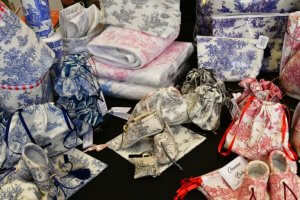
This is one of the most classic, elegant patterns out there. It’s from France and dates all the way back to 1760. The name comes from the town it originated in – Jouy.
Originally, this pattern only came in one color (blue, sepia, or red) on a white background. It would have pastoral scenes with flowers, birds, or major events of the time. Nowadays, it’s still just one color on a white background, but the color and drawings options have broadened.
Toile de jouy is a romantic, beautiful pattern that catches the eye. That makes it perfect for classic decor schemes. You’ll often see it on silverware, although it’s also great in a bedroom setting. What about you? Do you want to try decorating your room with Toile de Jouy on the walls?
Other classic patterns
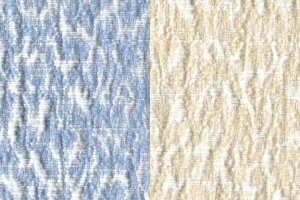
- Damask
- Herringbone
- Harlequin
- Liberty
- Chevron
Did you already know all these names? Did you learn any new ones? Either way, patterns are one of the most powerful tools you have to make a room stand out. So, get out there and give them a try!